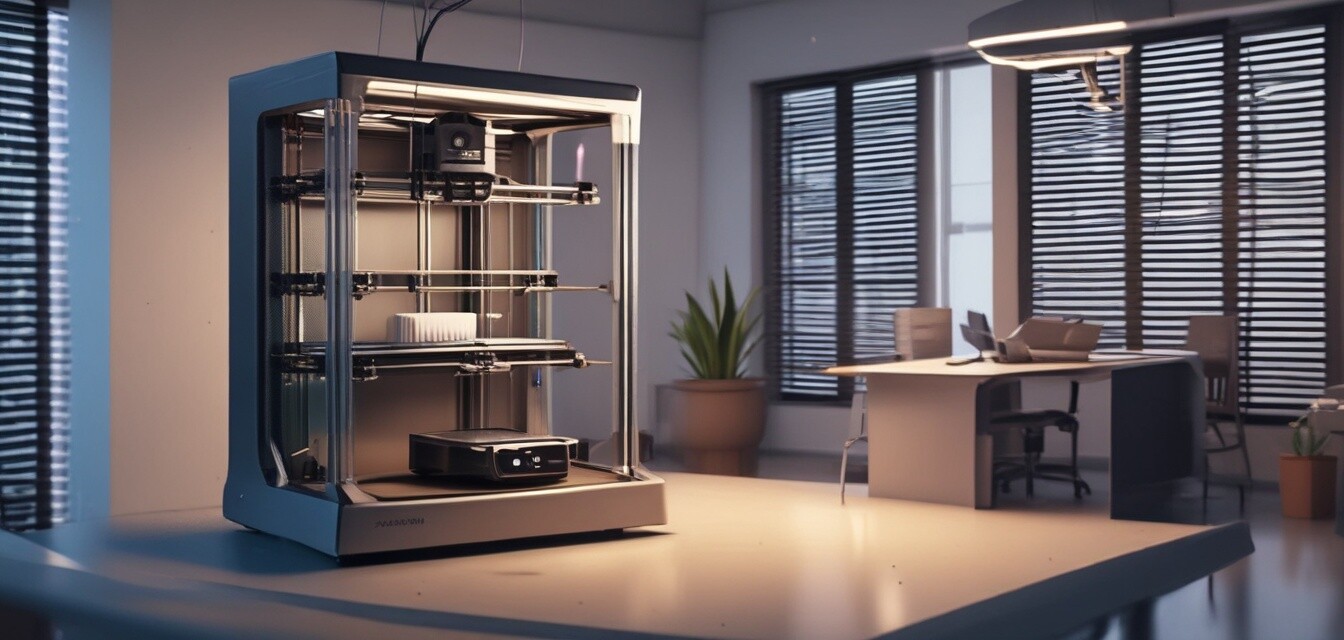
Best 3D Printers for Professional Use in 2025
Key Takeaways
- 3D printing technology is rapidly evolving, with substantial advancements expected in 2025.
- Professionals need printers that offer high precision, reliability, and diverse material compatibility.
- Consider factors such as build volume, speed, and software compatibility when choosing a printer.
- Regular upgrades and maintenance are essential for optimal performance in professional environments.
As 3D printing continues to change the landscape of various industries, professionals are increasingly seeking high-quality printers to meet their specific needs. In this article, we will explore some of the best 3D printers suited for professional use in 2025, focusing on specifications, usability, and print quality.
What to look for in professional 3D printers
Choosing the right 3D printer for professional use requires understanding key specifications and features. Here’s what to consider:
- Print Quality: Look for printers that can deliver high-resolution prints with fine detail.
- Build Volume: Ensure the printer has a suitable build size for your projects.
- Speed: Assess both the printing speed and the time it takes to prepare and print models.
- Material Compatibility: Check for the versatility of materials the printer can handle.
- Software Support: Ensure the printer is compatible with professional-grade software.
- Customer Support: Opt for brands known for reliable customer service and warranty options.
Top contenders for professional 3D printers
Here we detail several leading options you should consider as you evaluate the best 3D printers for professional use in 2025:
| Printer Model | Print Quality | Build Volume | Material Compatibility | Price Range |
|---|---|---|---|---|
| Model A | High resolution (50 microns) | 300 x 300 x 400 mm | PLA, ABS, PETG, Nylon | $$$ |
| Model B | Exceptional detail (20 microns) | 250 x 250 x 250 mm | PLA, TPU, Carbon fiber | $$$ |
| Model C | Ultra-fine (10 microns) | 500 x 500 x 500 mm | Resin, Nylon, ABS | $$$$ |
| Model D | Standard quality (100 microns) | 400 x 400 x 450 mm | PLA, PETG | $$ |
Benefits of using professional 3D printers
Investing in a quality 3D printer for professional use presents numerous advantages:
- Precision Engineering: Achieve highly accurate parts and prototypes.
- Time Efficiency: Reduce the elapsed time from design to creation.
- Material Variety: Explore and utilize a vast selection of printing materials.
- Customization: Create custom products tailored to specific requirements.
- Cost-Effective Production: Minimize material wastage and lower manufacturing costs.
Common misconceptions about professional 3D printers
When it comes to professional 3D printers, several myths can cloud decision-making:
- Only for Large Companies: Many professionals in smaller firms or startups can benefit from 3D printing.
- Expensive Maintenance: While initial costs can be high, consistent maintenance can prevent larger long-term costs.
- Limited Usability: Modern 3D printers now offer user-friendly interfaces, making them accessible even for beginners.
Tips for selecting the right 3D printer
- Evaluate your specific needs and project requirements before making a purchase.
- Research on user reviews and feedback to ascertain reliability and performance.
- Reach out to the community and forums for experiences and recommendations on models.
- Consider investing in additional accessories to enhance your 3D printing capabilities.
- Stay updated with new models and technologies for the best fit for your projects.
Conclusion
Choosing the best 3D printer for professional use in 2025 entails a thorough understanding of your specific requirements alongside the varying features offered by brands. Whether you prioritize print quality, build volume, or material compatibility, the market provides a multitude of options tailored for professionals. For more insights on enhancing your 3D printing experience, check out our How-To Guides or explore News & Trends in the world of 3D printing.
Pros
- High precision and accuracy in prints.
- Wide variety of materials available.
- Accessibility to different industries and applications.
Cons
- Initial investment may be high.
- Ongoing maintenance and learning curve for complex models.
With an array of choices available, investing in the right 3D printer can unlock countless opportunities for innovation in your professional endeavors. Explore your options today!

